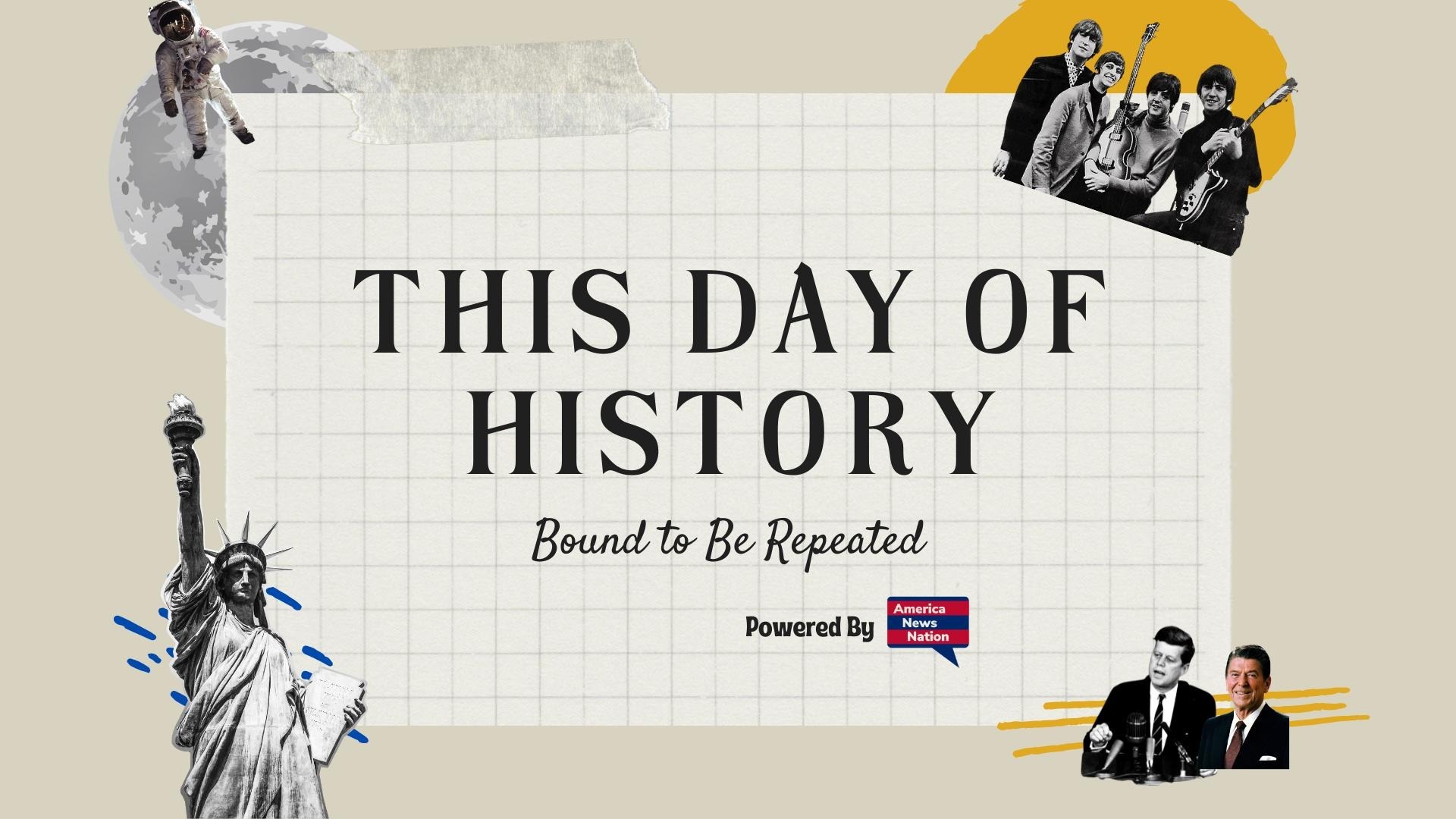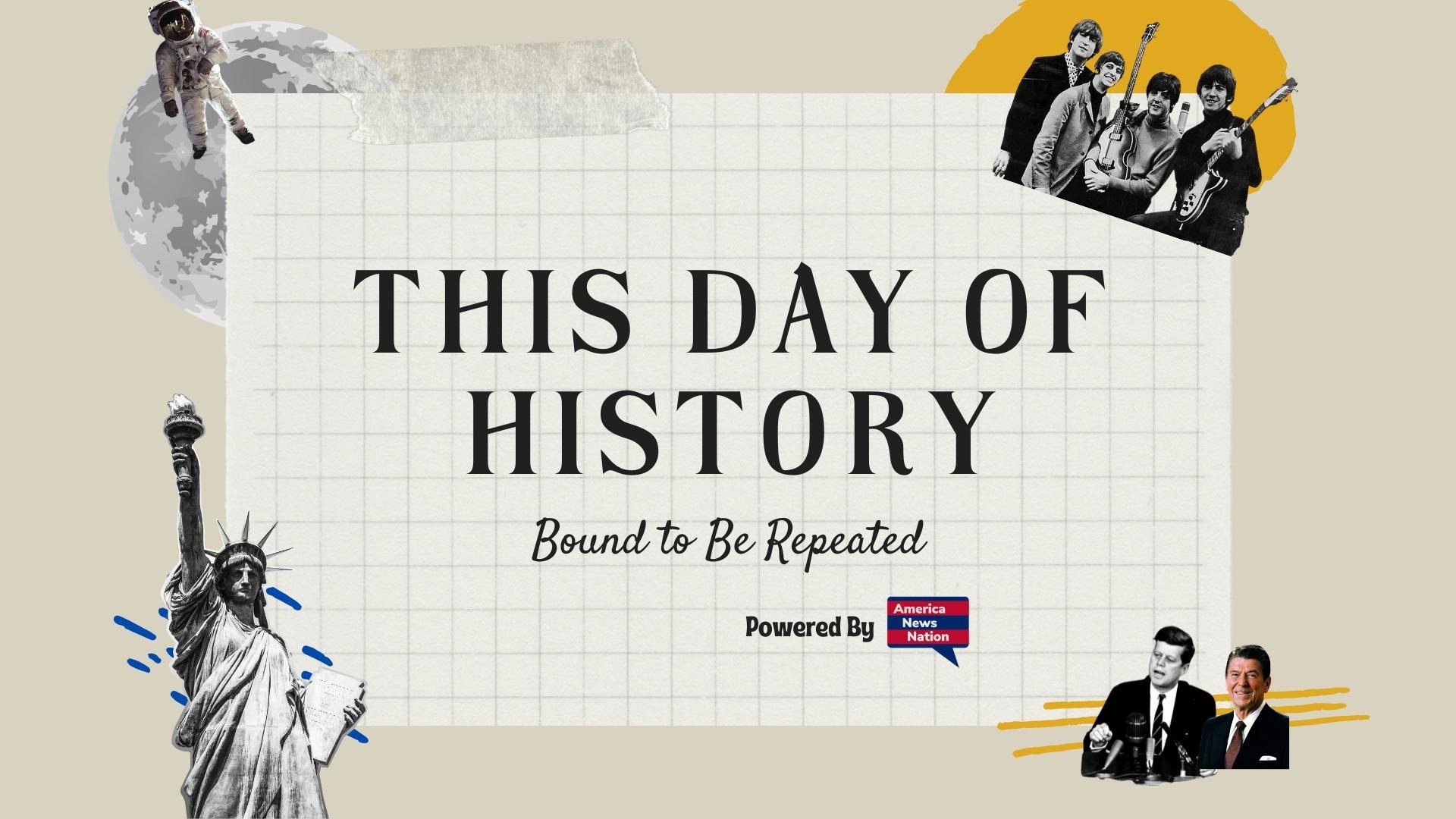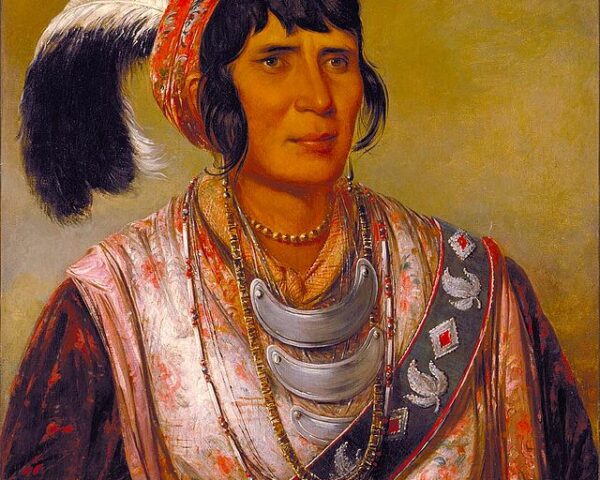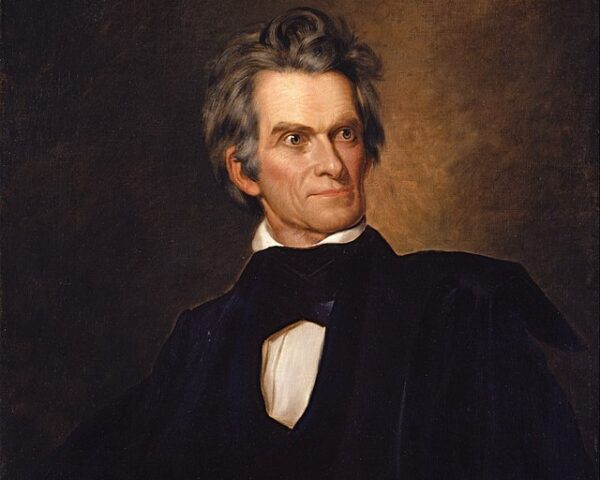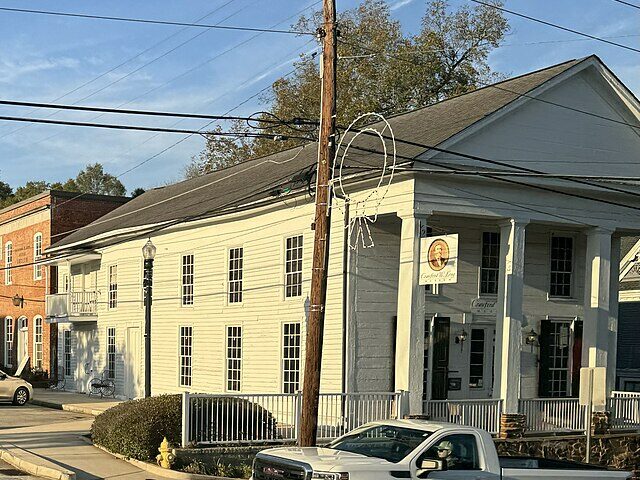On August 6, 1960, the revolutionary government of Cuba, led by Fidel Castro, took a dramatic step that would deepen the rift between the island nation and the United States. In a sweeping decree, Castro’s regime nationalized all American and other foreign-owned property in Cuba without compensation—an act that would solidify the country’s alignment with the Soviet Union and push the U.S. toward a full economic embargo. What had begun as a popular uprising against a corrupt dictatorship was now becoming a Cold War flashpoint.
From the American perspective, Cuba’s decision to seize U.S.-owned businesses, farms, and industrial assets represented not only a violation of international norms but also a dangerous precedent for communist expansion in the Western Hemisphere. Among the properties expropriated were assets of major U.S. corporations such as United Fruit, Standard Oil, Texaco, and ITT, as well as private sugar plantations, utility companies, and banks. By the end of the nationalization campaign, American losses were estimated at over $1 billion—an enormous sum at the time.
These seizures did not come out of nowhere. The U.S. had watched with growing concern as Castro’s revolution, which overthrew the Batista dictatorship in January 1959, began to radicalize. Though initially vague about his political ideology, Castro quickly moved to restructure the Cuban economy, redistribute land, and expel foreign influence. His growing alliance with the Soviet Union and his increasingly fiery anti-American rhetoric led Washington to believe that Cuba was veering sharply toward communism.
President Dwight D. Eisenhower, already alarmed by the expropriations and the threat of a Soviet beachhead just 90 miles off the coast of Florida, responded by cutting off imports of Cuban sugar—the island’s economic lifeblood. In retaliation, Cuba nationalized U.S.-owned sugar mills and other enterprises. The August 6 nationalizations were the culmination of this tit-for-tat escalation. Castro defended the move in a televised speech, waving a rifle and declaring that Cuba would not be intimidated by “imperialist threats.”
To many in the United States, the confiscation of private property without compensation was an act of outright aggression. Editorials in American newspapers described Castro as a dictator in the mold of Lenin, determined to impose Marxist rule through authoritarian means. For American businesses, it was a nightmare scenario—an abrupt and irreversible loss of investment with no legal recourse. For the U.S. government, it marked the end of any illusions that Cuba might remain neutral in the Cold War.
The nationalization also triggered a reassessment of U.S. policy toward Latin America. Alarmed by the prospect of other countries following Cuba’s example, Washington began expanding its covert and overt efforts to contain communism throughout the region. Within months, the Eisenhower administration authorized the CIA to begin training Cuban exiles to invade the island—a plan that would culminate in the failed Bay of Pigs invasion under President John F. Kennedy in 1961.
Meanwhile, Castro used the confrontation with the United States to rally domestic support and justify further crackdowns on dissent. The seizure of foreign assets helped consolidate state control over the Cuban economy, paving the way for full-scale socialist planning. Though it would plunge Cuba into decades of poverty and dependency on Soviet aid, it also entrenched the revolutionary government and its ideology.
